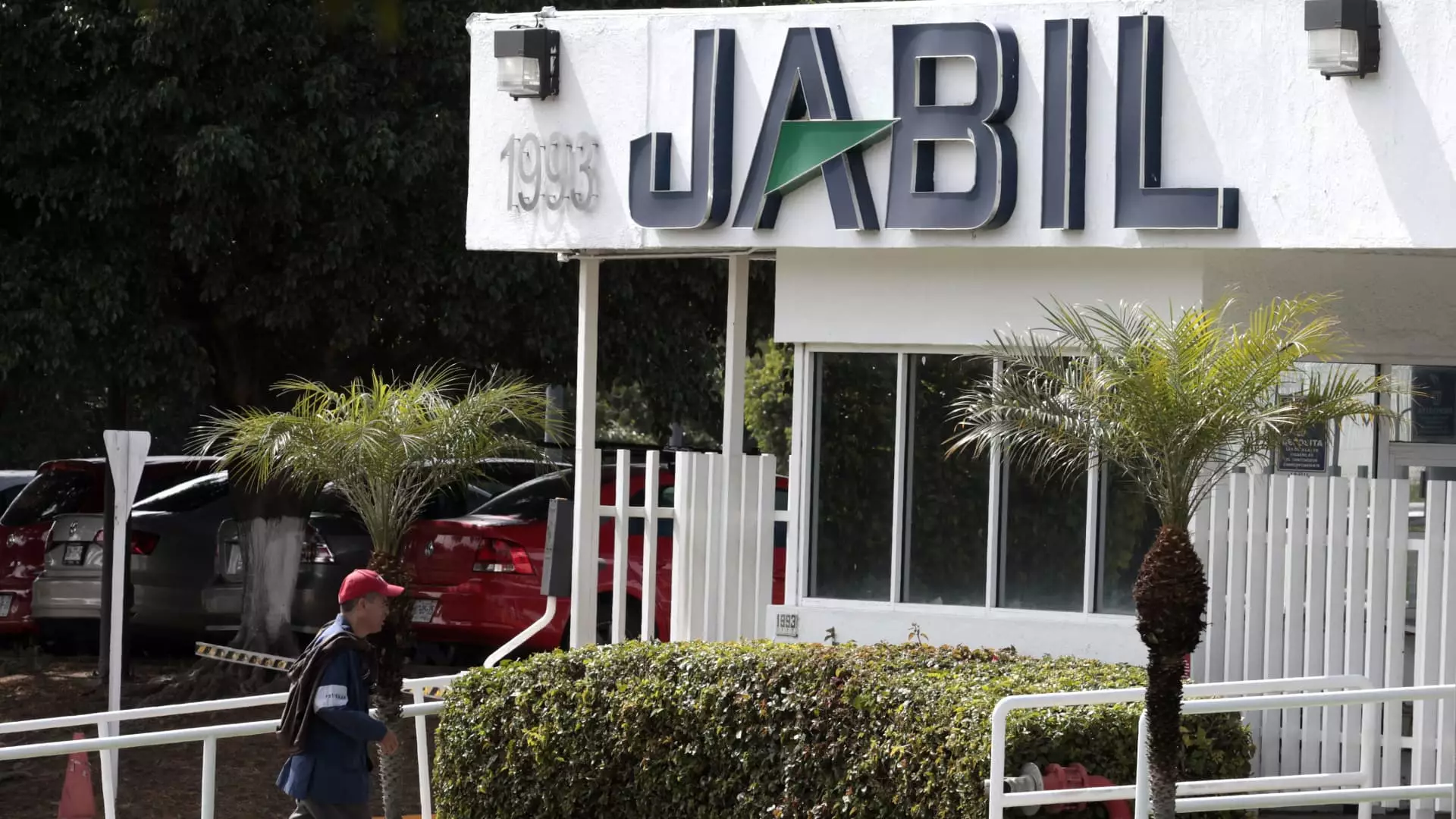The stock market’s recent sprint to all-time highs has generated euphoric excitement among investors, yet beneath this surface optimism lies a brewing tempest of overvaluation and risk. While the S&P 500’s record-closing levels may appear as validation for economic strength and corporate resilience, a more discerning analysis warns that the market is flirting dangerously with an inevitable pullback. This is especially concerning given the simplistic manner in which many investors interpret technical indicators, overlooking the nuanced realities inflicting both markets and the broader economy.
Why Overbought Doesn’t Mean Invincible
One widely accepted tool traders rely on is the Relative Strength Index (RSI), a momentum oscillator measuring the speed and change of price movements. Stocks with RSI values above 70 are traditionally deemed overbought, indicating that their price gains may be outpacing underlying fundamentals and setting the stage for a correction. The recent rally propelled several tech titans and AI beneficiaries into this precarious territory—companies like Microsoft, Netflix, Advanced Micro Devices (AMD), and Micron Technology now sport RSIs hovering close to or above 80. At a glance, such statistics are red flags that these equities may experience a near-term decline.
However, many market participants have dismissed these warnings, buoyed by headline-grabbing earnings beats and optimistic price target revisions from bullish analysts. For instance, Microsoft has enjoyed analyst upgrades citing its generative AI leadership, and AMD’s shares surged 12% over a single week, fueling the narrative that technological innovation justifies premium valuations. This optimistic view too often glosses over the law of diminishing returns; rapid price appreciation fueled by hype rather than steady cash flow growth is a classic prelude to sharp corrections.
The Ugly Truth About Overheated Tech Stocks
The dire reality is that rapid gains in technology and AI-related stocks have been disproportionately influential in propping up the broader market. Companies like Jabil, an electronic components supplier for Apple, surged to RSI levels exceeding 90, suggesting an unsustainable spike fueled more by momentum than substance. Data storage firms Western Digital and Seagate exemplify this phenomenon, having enjoyed remarkable rallies due to speculative enthusiasm around expanding data center needs.
While these tech and AI clusters dominate market headlines, their inflated valuations create a fragile structure resembling a house of cards vulnerable to any economic pivot or changes in investor sentiment. The overbought conditions hint that investors may be excessively chasing short-term trends at the expense of prudent analysis—a strategy that usually ends badly when reality intervenes.
Financial Giants Also on Shaky Ground
It’s instructive that not only tech stocks but also major financial institutions like JPMorgan Chase and Goldman Sachs are trading at elevated RSI levels. Often seen as bedrocks of economic stability, their recent overextension signals broader market exuberance that lacks the backing of improving fundamentals. With interest rates fluctuating and regulatory environments uncertain, these financial behemoths could face profit pressures that are not fully priced into current valuations.
The Neglected Oversold Sector – A Warning Ignored
Contrasting the overbought frenzy, certain food and beverage stocks—Molson Coors, Conagra Brands, and Campbell’s—find themselves deeply oversold, flagged by RSIs well below 30. This divergence reflects not just sector-specific challenges but also a misallocation of capital: investors are recklessly abandoning defensive, value-oriented stocks while piling into speculative gambles. The beer industry’s market share decline and flagging growth prospects illustrate that even traditionally stable sectors can underperform amidst shifting consumer behaviors and economic headwinds.
Retailers such as Ross Stores and Lululemon Athletica also fall into this oversold category, despite recent earnings beats, revealing that the market remains unforgiving to those even slightly missing growth expectations or exhibiting caution in their forecasts. This sharp discrimination compounds market volatility and underlines the extant risk of abrupt reversals when enthusiasm wanes.
Why Caution Should Trump Complacency in These Times
The current environment demands a clear-eyed skepticism towards market optimism. Overreliance on short-term gains in excitement-driven sectors, especially technology and financials, blinds investors to the underlying vulnerabilities. Loose monetary policies, geopolitical uncertainties such as faltering trade talks between the U.S. and Canada, and tepid economic signals remind us that this record-setting rally may not have the robust foundation necessary to sustain it.
Too many market actors are caught in a dangerous feedback loop where rising prices justify further buying, setting the stage for an abrupt reversal once the narrative shifts. Instead of joining the herd, a center-right approach advocates for pragmatic investment discipline by focusing on intrinsic value, responsible corporate governance, and the broader economic context. Blind euphoria is a recipe for disaster, and the uneasy presence of extreme RSI levels across market segments should serve as a stark warning to temper exuberance now before a painful correction forces it.

